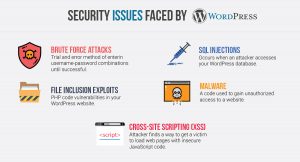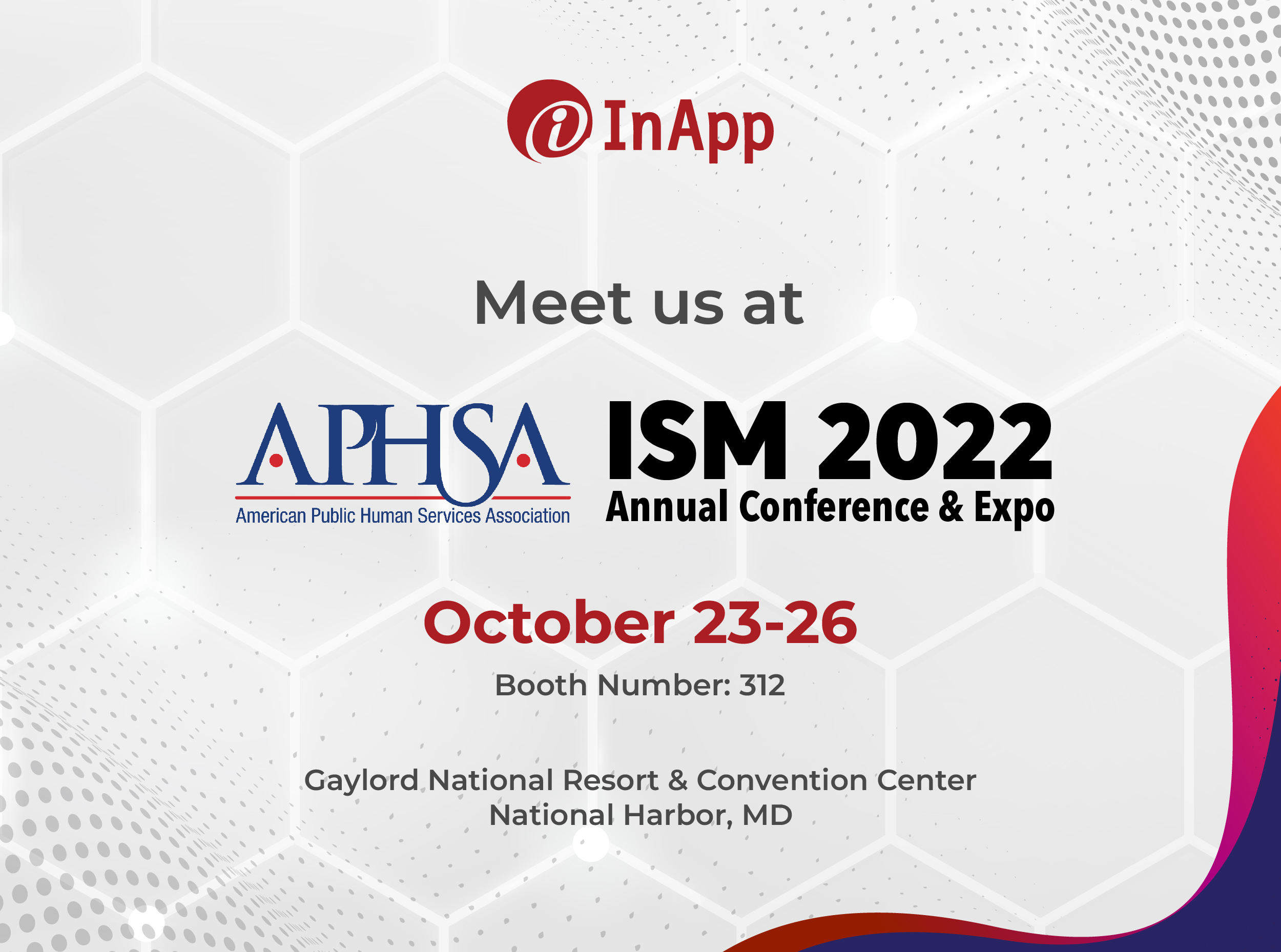WordPress enjoys the biggest market share among all Content Management System tools available on the market today. At the same time sites on WP are a popular target for hackers. As per the WordPress usage statistics report of 2016, “75 million blogs use WordPress as a platform or as a CMS. Nearly 4.5% of the entire internet runs on WordPress, where 25% of users make a living off of it. More than 44K WordPress plugins are available on the web, which has been downloaded 1.25 billion times.” WordPress sites once in a while confront security issues that can make the website inaccessible, which could lead to a loss in brand reputation and sites getting blacklisted. The website safety also depends on the quality of the host’s software and the themes & plugins used.
A simple approach to secure your WordPress site is to understand the reasons for security issues. As many experts suggest, the first step to ensuring the security of your website is to answer these five questions:
- who would hack? (anonymous or friend)
- why would they hack? (fun, profit, or political)
- when would they hack? (least expected or you are not ready)
- where would they hack? (shared hosting, dedicated server, or everywhere)
- how would they hack? (the security issues discussed above)
The strategy to ensure the health of the WordPress website can start with hosting. From choosing the right OS to checking the disk space and bandwidth to backup and support, all has to be done wisely.
The next important thing is to regularly check for WordPress updates, mainly core updates, plugin updates, and theme updates. This will protect your resources, visitors, and customers, and will keep the hackers out.
The best and most critical things you can do to secure your WP site are,
- Choose the right web hosting service provider.
- Always use trusted third-party software; never go for trial versions and use premium themes and plugins.
- Use a Theme Authenticity Checker (TAC) to do a pre-check for the themes installed.
- Delete all inactive plugins and themes
- Scan the theme daily using a WP Antivirus
- Harden the security testing by,
- Securing the login page by providing a strong password and bizarre username. Also, change your password every now and again. (Move the .htaccess file to the /wp-admin/ directory for basic password protection)
- Limiting the number of login attempts and creating a two-step login authentication
- Removing the version number from all components and blocking malicious URL requests
- Changing the URL of the WordPress login page
- Reset File & Folder permissions
- Add security plugins like Login Lockdown, Secure WordPress, WP-Security Scan, WP-File Monitor, WP-Malwatch, WordPress AntiVirus, etc.
- Regularly update WordPress, Themes, and Plugins to their latest versions. (Deactivate all plugins before updating as some plugin features may not work properly while updating and produce unexpected results.)
- Develop a checklist to perform a vulnerability scan using tools before hosting
- Remember to keep a backup of all the data – the last and most important part of WordPress security
The WordPress community on a regular basis keeps track of potential vulnerabilities and follows a well-defined process for fixing bugs and security issues. Even then, it is pertinent that reasonable steps are taken as a WordPress site owner to ensure security and one of these is constant vigilance.

